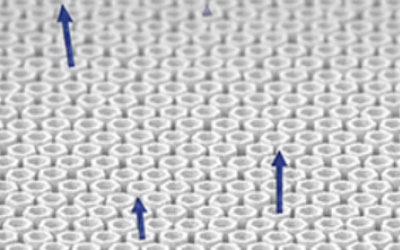Tubular membrane microfiltration is a high-performance filtration technology that eliminates all microorganisms present in water. It is commonly used in the medical world, particularly in dialysis, to eliminate water contamination at the point-of-use. It is a very effective means of protecting patients and residents against waterborne pathogens in public buildings.

Microfiltration is a process to physically treat water or any other fluid using the filtration capability of a semi-permeable membrane with a defined porosity. This varies in size depending on the application, but is typically between 0.1 and 10µm.
When liquid passes through the membrane under pressure, suspended particles that are larger than the pore size are retained on the membrane.
The following are therefore removed from the water:
- suspended matter: colloids, mineral particles, organic residue, etc.
- microorganisms: bacteria, mycobacteria, cyanobacteria, mycoplasma, protozoa, algae, fungi or bacterial spores, etc.
Filtration is said to be sterilising grade when the pore diameter is less than 0.22µm.

Second generation technology
Second-generation tubular membrane filters, made from several porous tubes arranged parallel to one other, provide a larger exchange surface and, therefore, result in a higher flow rate at the outlet.
The tubes differ in their composition (plastic, composite, mineral or organic), their porosity and their diameter.
Learn about the benefits of using our point-of-use filters to protect water distribution systems in healthcare facilities, and to prevent Legionella in Public Buildings.



